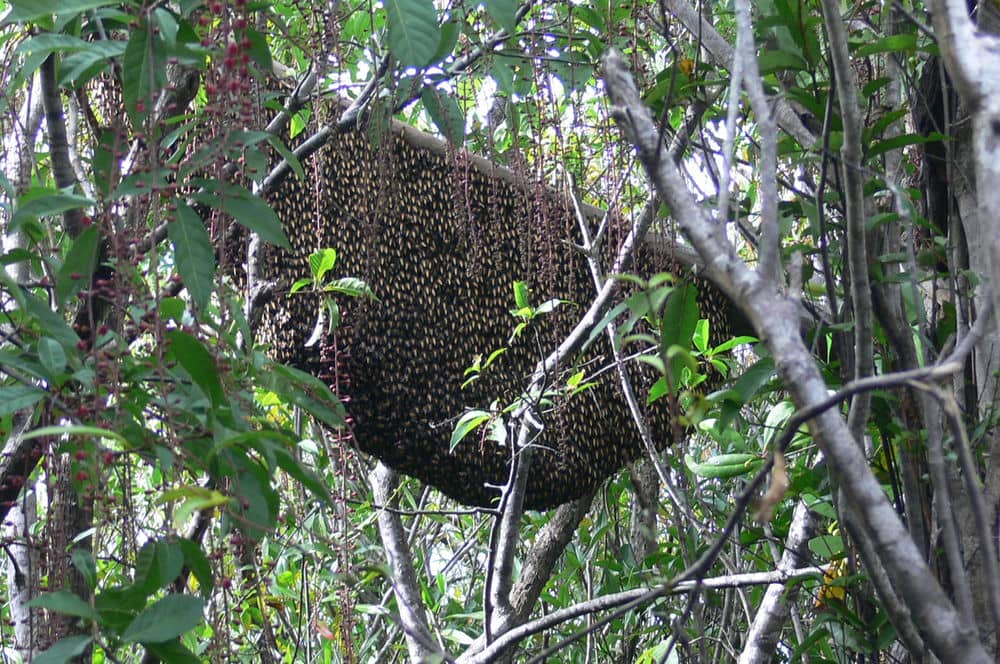Are you looking for 100% pure forest honey? Riak Bumi not only provides pure forest honey but premium quality and organic (natural).

The honey produced by Riak Bumi is forest honey of the Apis dorata species. This type of bee is a wild bee which until now has not been able to be domesticated like other breedable bees (Apis meliffera or Apis cerana). Why are we interested in developing this forest bee? Because forest bees are very dependent on good forest conditions. So we help community groups who collect forest honey so that they can benefit from protecting the forest. “Keep the forest with forest honey”!

The Forest Honey that we produce is mainly from an important conservation area in Indonesia, namely the Danau Sentarum National Park. The potential for honey from Danau Sentarum National Park is very large, each harvest season it is estimated that 20-30 tons of honey per year are produced by the people in and around the Danau Sentarum National Park area.
Capacity building activities for communities who collect forest honey have been started since 1995, when the Cooperation Project between the British and Indonesian Governments in the Danau Sentarum area was carried out by the Wetlands International Indonesia Program.
In the beginning, the problem faced by the community who produced and collected forest honey was that the price of honey received by the community from selling to local traders was relatively very cheap. The standard price of honey at that time was the same as the price of sugar which was determined unilaterally by local traders.
For this reason, we have tried to increase the price of honey at the community level, so that the income from honey they receive can be higher. The first thing we did was improve the quality of the honey. Because at first, honey produced by the community was processed in an unhygienic way, for example by hand squeeze, filtered with used cloth, stored in containers where salted fish are stored and so on. We improve the quality of honey with quality improvement training, so that the community has a reason and higher bargaining position to traders to raise a more commensurate price.
Improvements in honey bee harvesting techniques were the result of a comparative study by several people from Danau Sentarum to Vietnam in 1996. The learning process at that time did not stop there. The NTFP-Exchange Program for Asia and South East Asia, headquartered in Manila, supports a comparative study in India to study the post-harvest process and marketing of honey at the Keystone Foundation. Since then, several good harvesting techniques and post-harvest processes have been taken and tried to be developed and replicated in Danau Sentarum.

Some of the harvesting techniques we have developed which we call “sustainable harvesting techniques” are:

In addition, quality improvement techniques are also applied by refining the honey. This purification technique we call the “hygienic post-harvest process” is done by taking only the honey head and slicing the hive to separate the honey from the hive. The old way is to squeeze the nest by hand and mix it with pollen.

These activities aim to improve harvesting techniques and the quality of forest bee honey continues to be carried out in villages in Danau Sentarum until now. Currently, the group of forest honey farmers (periau) in Danau Sentarum has formed the Periau Danau Sentarum Association (APDS) and has only received organic certification since May 2007 from BIOCert. Until now, all members who are members of the honey farmer association have implemented a new system that produces genuine honey with guaranteed quality. It also includes a new periau association developed by Riak Bumi, namely the Periau Muara Belitung Association (APMB).
